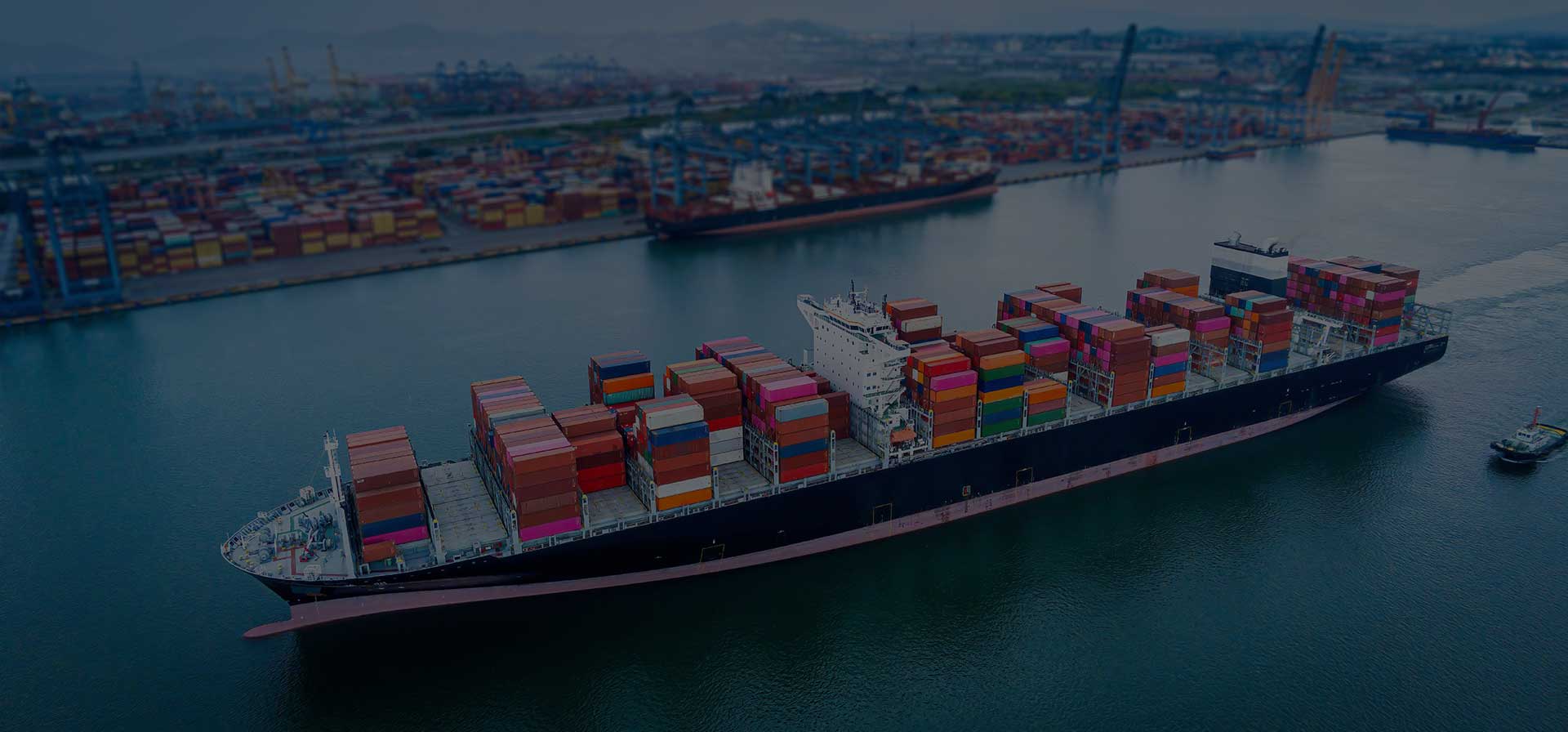Lights, camera, insurance! Behind every successful film and television production lies a robust insurance strategy. From protecting cast and crew to safeguarding against production delays and financial losses, insurance plays a crucial role in mitigating risks and ensuring the smooth operation of film and television projects. In this comprehensive guide, we’ll explore the key insurance considerations for producers, delve into the importance of errors and omissions insurance and script clearance, showcase real-life case studies, and provide invaluable tips for navigating insurance requirements.
Understanding Insurance Considerations:
Film and television productions entail a myriad of risks, from accidents on set to unforeseen delays and legal liabilities. Producers must secure adequate insurance coverage to protect against these risks, including:
- Coverage for Cast and Crew:
-
- Accident and Illness Insurance:
- Producers should secure accident and illness insurance to cover medical expenses, rehabilitation costs, and potential disability benefits for cast and crew members in the event of on-set injuries or illnesses. This coverage ensures that individuals are taken care of without placing the financial burden on the production.
- Cast Coverage:
- Cast coverage provides protection against unforeseen events that may prevent a key cast member from fulfilling their role. This can include coverage for extra expenses required to reshoot scenes or even recasting if necessary.
- Liability Insurance:
- Liability insurance is crucial for protecting the production against legal claims arising from injuries to cast and crew or damage to third-party property during the filming process. It covers legal defense costs and potential settlements.
- Accident and Illness Insurance:
- Equipment Insurance:
-
- Inland Marine Insurance:
- Inland marine insurance, often used for movable property, is suitable for covering production equipment. This type of coverage protects against damage, theft, or loss of equipment during transportation or on set.
- Rental Equipment Insurance:
- Productions often rent specialized equipment. Rental equipment insurance provides coverage for rented gear, ensuring that the production is not held responsible for repair or replacement costs in the case of damage or loss.
- Negative Film and Video Insurance:
- Negative film and video insurance protect against physical damage, destruction, or loss of raw film stock, digital files, or video recordings during production.
- Inland Marine Insurance:
Understanding the specific equipment needs and potential risks associated with their use allows producers to tailor coverage to protect against financial losses resulting from equipment-related incidents.
By addressing these insurance considerations, producers can establish a comprehensive risk management strategy that safeguards the well-being of cast and crew, protects valuable production assets, and shields the production from legal and financial liabilities. Working closely with insurance professionals specializing in entertainment coverage ensures that producers can navigate the complexities of the industry and select policies that align with the unique needs of their film or television project.
Errors and Omissions Insurance and Script Clearance:
In the world of film and television production, legal issues surrounding intellectual property, copyright infringement, defamation, and other potential claims can arise unexpectedly, posing significant risks to producers. Errors and omissions insurance (E&O) and thorough script clearance processes are essential components of risk management strategies designed to protect productions from costly legal disputes and financial liabilities.
- Errors and Omissions Insurance (E&O):
-
- What is E&O Insurance?
- E&O insurance, also known as professional liability insurance, provides coverage for legal claims alleging errors, omissions, negligence, or other professional mistakes in the production and distribution of content. It safeguards producers against lawsuits arising from issues such as copyright infringement, defamation, invasion of privacy, misrepresentation, and unauthorized use of intellectual property.
- Importance of E&O Insurance:
- E&O insurance is a critical safeguard for film and television productions, offering financial protection against potentially devastating legal claims and damages. It provides peace of mind to producers by covering legal defense costs, settlements, and judgments associated with claims made against the content of the production.
- Coverage Scope:
- E&O insurance typically covers a wide range of claims related to content creation, including script development, production, post-production, distribution, and exhibition. It protects against claims from third parties, including writers, directors, actors, copyright holders, and distributors, alleging errors or omissions in the production process.
- What is E&O Insurance?
- Script Clearance:
-
- What is Script Clearance?
- Script clearance involves a thorough review and analysis of the screenplay or script to identify and address any potential legal issues, copyright infringements, or intellectual property concerns. It ensures that the production does not violate existing copyrights, trademarks, or other intellectual property rights, minimizing the risk of E&O claims.
- Importance of Script Clearance:
- Script clearance is a proactive risk management measure that helps mitigate legal risks and liabilities associated with E&O claims. By conducting comprehensive script clearance, producers can identify and resolve potential legal issues before they escalate into costly disputes or lawsuits.
- Process and Considerations:
- Script clearance involves working with legal experts, clearance professionals, and rights holders to review the script, identify any copyrighted material, trademarks, or other intellectual property, and secure necessary permissions or licenses for its use. It may also include researching public records, conducting trademark searches, and obtaining clearance reports to document the clearance process.
- What is Script Clearance?
Case Studies:
Real-life examples provide invaluable insights into the critical role that insurance plays in mitigating risks, resolving disputes, and safeguarding the success of film and television productions. Let’s explore two compelling case studies that illustrate the importance of insurance in action:
- Case Study 1: Production Delay Due to Injury
- During the filming of a high-budget action movie, one of the lead actors sustains a severe injury while performing a stunt. The injury requires immediate medical attention and renders the actor unable to continue filming for several weeks. As a result, production comes to a halt, causing significant delays and potential financial losses for the production company.
- Insurance Solution:
- The production company had wisely secured comprehensive cast insurance coverage as part of its risk management strategy. This insurance policy provides coverage for injuries sustained by cast members during production, including medical expenses, rehabilitation costs, and compensation for delays.
- Outcome:
- Thanks to the cast insurance coverage, the injured actor receives prompt medical treatment and rehabilitation support, minimizing the impact of the injury on their health and well-being. Meanwhile, the production company is able to file a claim for the production delay, covering additional expenses incurred during the hiatus and compensating for lost time.
- Key Takeaways:
- Cast insurance proved instrumental in mitigating the financial and logistical challenges posed by the actor’s injury, allowing the production to resume smoothly once the actor recovered. This case underscores the importance of comprehensive insurance coverage for cast and crew members to protect against unforeseen accidents and disruptions during filming.
- Case Study 2: E&O Claim for Copyright Infringement
- A production company releases a documentary film exploring a controversial topic, featuring interviews with various experts and public figures. Shortly after the film’s release, the production company is hit with a lawsuit alleging copyright infringement by one of the interviewees, who claims their likeness was used without permission and misrepresented in the film.
- Insurance Solution:
- The production company had secured errors and omissions (E&O) insurance coverage as part of its risk management strategy. E&O insurance protects against claims alleging errors, omissions, or legal issues related to the content of the film, including copyright infringement, defamation, or misrepresentation.
- Outcome:
- With the assistance of legal counsel and E&O insurance coverage, the production company is able to mount a defense against the copyright infringement claim. The insurance policy covers legal expenses, settlement costs, and damages, shielding the production company from significant financial liabilities and reputational damage.
- Key Takeaways:
- Errors and omissions insurance proved invaluable in mitigating the legal risks and financial repercussions of the copyright infringement claim. This case highlights the importance of securing E&O insurance coverage to protect against potential legal disputes and liabilities arising from the content of film and television productions.
Tips for Producers:
Producing a film or television project involves juggling numerous responsibilities, and navigating the complexities of insurance requirements can be daunting. Here are some invaluable tips to help producers effectively manage insurance considerations and protect their projects:
- Work with Experienced Insurance Brokers:
-
- Partner with insurance brokers or agents who specialize in entertainment insurance and have extensive experience working with film and television productions. These professionals possess in-depth knowledge of the industry and can provide expert guidance on navigating complex coverage options, negotiating terms, and securing the most suitable policies for your project.
- Review Insurance Requirements Early:
-
- Initiate the insurance process as early as possible during pre-production to allow sufficient time for thorough risk assessment, policy selection, underwriting, and approval. Early engagement with insurance professionals ensures that insurance requirements are addressed promptly and avoids last-minute scrambling or delays.
- Maintain Clear Communication:
-
- Establish open lines of communication with insurance professionals, legal advisors, and other key stakeholders throughout the production process. Regular meetings, updates, and discussions facilitate collaboration, address any insurance-related concerns promptly, and ensure alignment of objectives and expectations.
- Understand Policy Terms and Coverage:
-
- Take the time to thoroughly review insurance policies, including terms, conditions, coverage limits, exclusions, and deductibles. Understand the scope of coverage provided by each policy, as well as any additional endorsements or riders that may be necessary to address specific risks or requirements unique to your production.
- Budget for Insurance Costs:
-
- Include insurance costs as part of your production budget from the outset. Work closely with insurance professionals to obtain accurate premium estimates and allocate sufficient funds to cover insurance expenses without compromising other essential aspects of the production.
- Mitigate Risks Proactively:
-
- Take proactive measures to mitigate risks and minimize potential insurance claims. This may include implementing safety protocols, conducting risk assessments, providing training for cast and crew, securing necessary permits and licenses, and adhering to industry best practices and regulatory requirements.
- Document Everything:
-
- Keep detailed records of all insurance-related documentation, correspondence, contracts, and policies throughout the production process. Maintain organized files and archives to facilitate easy access to information and documentation in the event of a claim or dispute.
- Review and Update Coverage as Needed:
-
- Regularly reassess insurance coverage and adjust policies as needed to align with changes in the production’s scope, schedule, budget, or risk profile. Work closely with insurance professionals to identify any gaps in coverage and explore options for enhancing protection as the project evolves.
- Plan for Contingencies:
-
- Develop contingency plans and emergency response protocols to address unforeseen events or disruptions that may impact the production. Consider scenarios such as inclement weather, equipment failures, cast or crew injuries, or other emergencies, and ensure that insurance coverage adequately addresses these risks.
- Seek Legal and Professional Advice:
-
- When in doubt, seek advice from legal advisors, risk management consultants, and other industry professionals who can provide expert guidance on insurance matters. Don’t hesitate to ask questions, clarify uncertainties, and seek assistance in navigating complex insurance requirements effectively.
By understanding the critical role of insurance in film and television productions, producers can safeguard their projects against risks, protect their financial interests, and ensure the successful execution of their creative vision. With the right insurance strategy in place, producers can focus on bringing captivating stories to life on screen while mitigating potential pitfalls along the way.




